Keeping Your Dog Safe From Hypertension
SILENT KILLERS TICKS ON DOGS

Posted by bravectosouthafrica – 01 May 2018
Topics covered in this article regarding hypertension in dogs:
The dangers tobacco holds for your dog
The dangers of Hypertension in dogs
Chronic Fatigue Syndrome in dogs
Keeping Your Dog Safe from Hypertension and Other Silent Killers
The month of May marks the start of winter, and with the cooler weather on our doorsteps, we’re all about keeping you and your dog warm, safe and healthy. The risk of ticks and fleas have recently been stealing the limelight when it comes to dangers to your dog, but there are a lot more dangers that your dog encounters daily. While your dog is on Bravecto® and taking the recommended scheduled chews – he is indeed safe from one of these dangers. Nothing should sneak up on you and your dog, so we’ve decided to focus on some other aspects of your furry friend’s health to ensure your family is protected all around.

Download our
Bravecto® brochure.
There are certain things that are commonly known as “silent killers” when it comes to your pup. When we refer to silent killers, we refer to symptoms that are too subtle to pick up at first. This then causes owners to only pick up on the symptoms when they are more severe and harder to treat.
Luckily, we’ve made a list of a few of the frequently missed signs of illnesses that can affect your dog’s health quite drastically. We’re taking the symptoms of these silent killers and making them loud and clear, so they have less chance of creeping up on your family at a later, more serious stage.
Silent killer one: The Danger Tobacco Holds for Your Dog
May is Anti-Tobacco month, so we found it only fitting to explain the dangers of tobacco on or around your dog. Cigarette smoke and tobacco smoke don’t only affect your own health and many people overlook the effect that it has on one’s pet. Studies show that there is no ‘safe’ amount of second-hand smoke that you or your pet should experience.
Tobacco, nicotine and your dog:
Second-hand smoke refers to the surrounding smoke that pets and humans indirectly inhale from smokers. The lesser-known third-hand smoke refers to the smoke residues that remain on skin, fur, clothing and furniture. Both types of smoke can seriously affect you and your dog’s health and can lead your dog to becoming seriously ill after long-term exposure.
If you are a smoker, or your dog is surrounded by second- or third-hand smoke for a long period of time, there is a big chance of your furry friend becoming a victim of nicotine poisoning.
Signs of nicotine poisoning include:
- Tremours, twitching, or seizures
- Drooling
- Constricted pupils
- Auditory and visual hallucinations
- Excitement, racing heart (but slow heart rate with small doses)
- Vomiting and diarrhoea

How to keep my dog safe from smoke/nicotine poisoning.
How is your dog affected by smoking habits?
Did you know that nicotine from second-hand smoke can have an effect on the nervous system of dogs? That’s right, just like humans, dogs can be affected by smoke by merely being in the company of smokers. Environmental tobacco smoke has been shown to contain numerous cancer-causing compounds, making it hazardous for humans as well as animals.
There are two main differences between smokers and animals. Because second-hand smoke is heavier than air, this means all the toxins fall down and land on the things below us – like our pets. Our precious pets can ingest deadly chemicals easily and because our furry friends groom themselves frequently, they ingest these chemicals when they lick their hair or chew on their skin.
Smoke residue also stays on furniture, meaning that your pet picks it up when they snuggle on the couch, roll on the carpet, sleep in their beds or by licking furniture that contain chemicals from the cigarette smoke.
Third-hand smoke is the clinging of cigarette smoke to furniture, hair, carpet, and other surfaces and materials. This is hazardous to pets because of the toxins this residue contains. Many pets like to clean themselves while rolling on the carpet and rubbing up against walls. They do this daily, and over a period of time. With the presence of third-hand smoke in the home, they are repeatedly being exposed to these harmful chemicals.
Another way dogs can be affected by smoking is if they accidentally ingest cigarette butts. Cigarette butts have a huge amount of tar, nicotine and other hazardous toxins and should never be consumed by your dog! Be careful that your dog also doesn’t drink any water that has been previously contaminated by cigars or cigarette butts.

Silent killer two: The Danger of Hypertension in Dogs
With World Hypertension Day in May, the aim is to create awareness for what is commonly known as the number one silent killer. However, what many people aren’t aware of is the fact that their dogs get affected by hypertension as well. The first step in combatting hypertension is knowing the facts around hypertension in dogs, especially as the symptoms and causes differ than those in humans.
What is Hypertension?
Hypertension is when your dog’s blood pressure is chronically higher than it should be.
Many of your dog’s body systems can be affected by hypertension including heart, kidneys, eyes, and the nervous system. Detecting hypertension is important as it means that your pet’s blood vessels have become too narrow for the pressure of the blood flowing through them.
It is uncommon for a dog to be diagnosed as having primary hypertension. Meaning, there is no other medical condition causing the high blood pressure, it’s purely just high blood pressure.
There is almost always an underlying cause for hypertension in dogs which is called secondary hypertension. Secondary hypertension accounts for 80% of all hypertension cases!
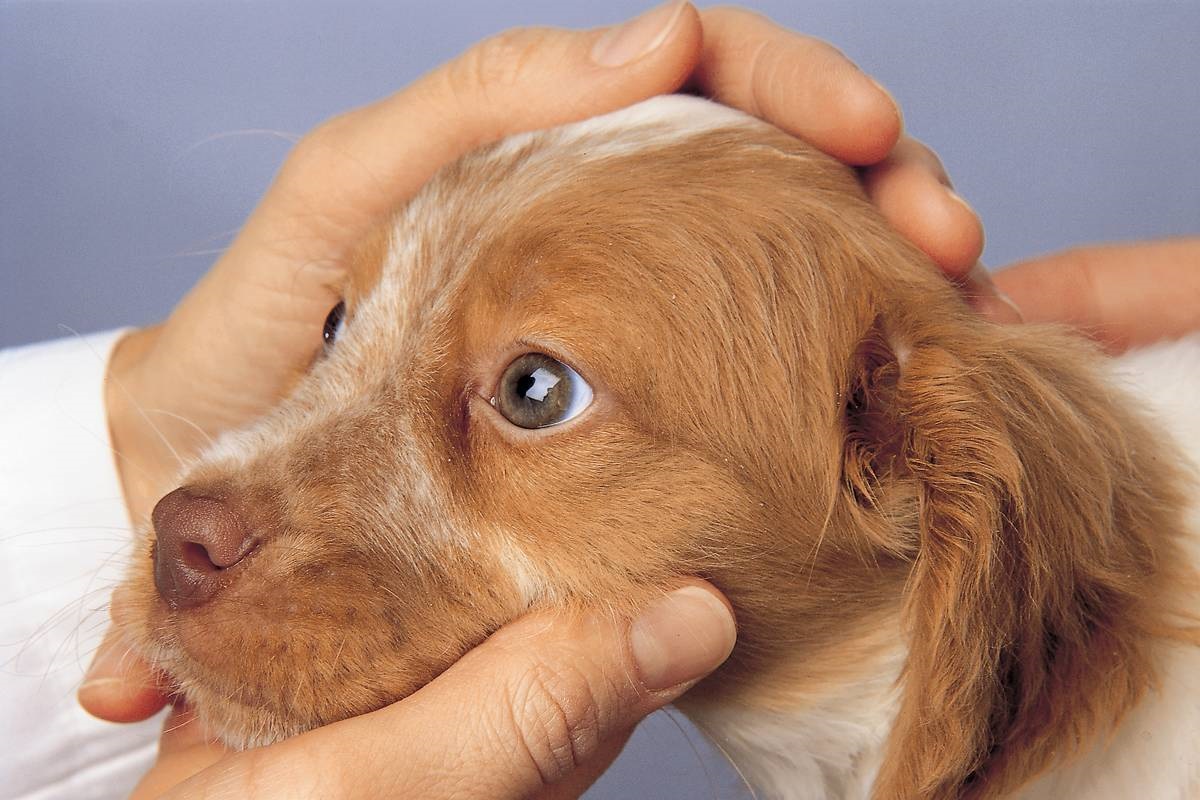
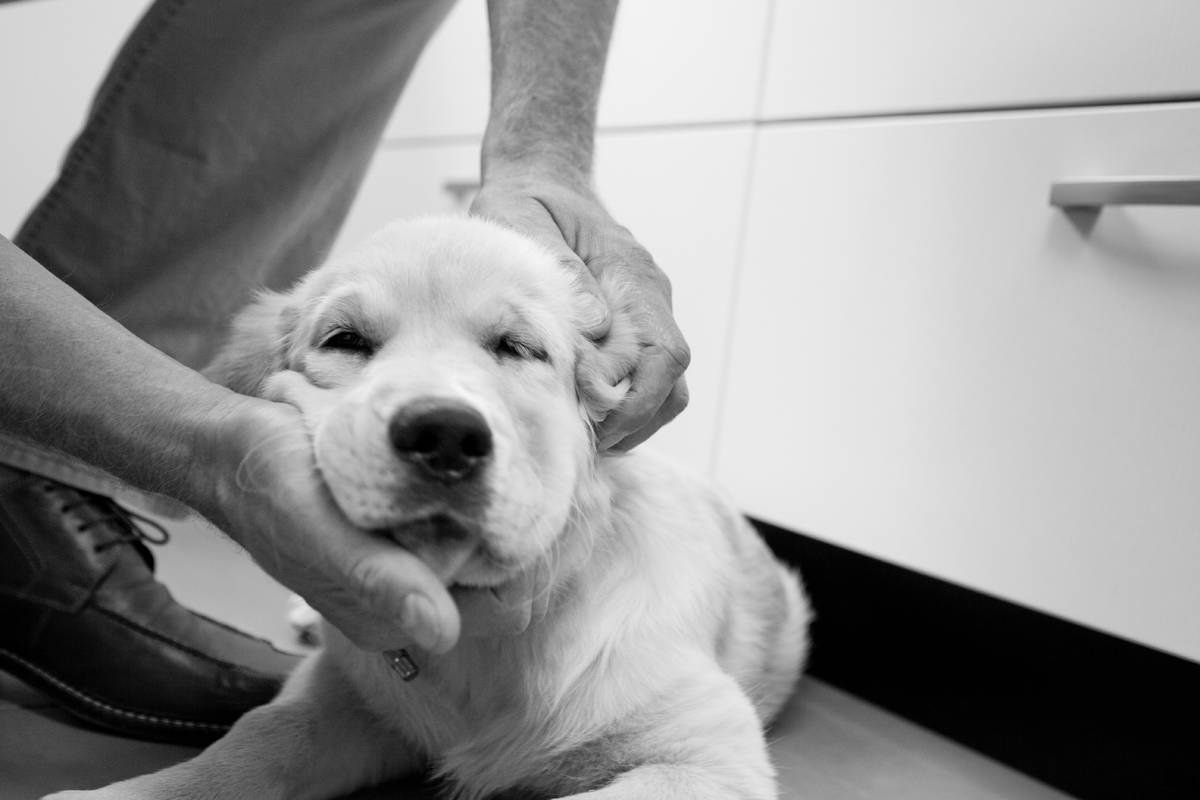
Underlying illnesses include: Chronic Renal Disease, Endocrine Disease, Cushing’s disease, Diabetes mellitus, Adrenal tumour and/or obesity. An organ that is commonly affected by hypertension in dogs is the eye. Damage to the retina may result in sudden or gradual blindness. This can be detected if you notice your pet has dilated pupils, even with light. You should also take note if your pet bumps into objects because of impaired vision or blindness.
Other symptoms can include:
- Rapid heart rate
- Dilated pupils
- Nosebleeds
- Blood in the urine
- Difficulty seeing
- Enlarged thyroid gland
If you notice any of these signs in your dog – take your dog to the vet immediately.
Hypertension could also lead to your dog having a stroke. If your dog has suffered from a stroke, this might impact his/her ability to walk or balance – sometimes blindness and mental weakness may be a result too. If your dog’s kidneys are affected – symptoms will include an increase in drinking, urination, loss in appetite and frequent vomiting. Like we always say, prevention is better than cure, so knowing your dog’s blood pressure is the first step to combatting hypertension. If you suspect that your dog may be suffering from hypertension, take him or her to the vet for closer examination and confirmation. Your veterinarian will determine the cause of your dog’s hypertension. Once the cause has been found, treatment plans can be set to bring the blood pressure back down into a normal range. Routine screening is recommended in order to become aware of hypertension in dogs early enough.

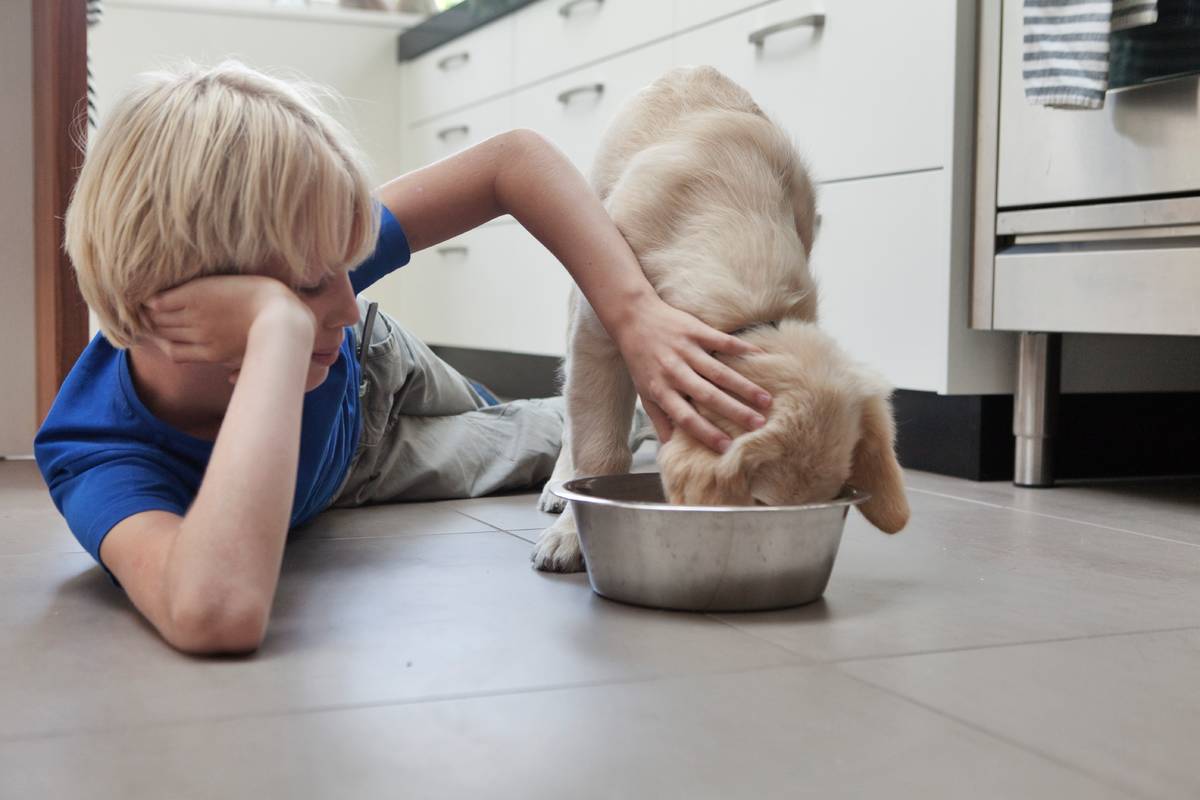

Consequences of
obesity in dogs.
Typically, affected vessels are small, so it’s not noticeable until the damage is more significant. Once the damage has been done, your dog will start showing more serious symptoms that could include: seizures, circling, disorientation, blindness, dilated pupils, retinal detachment, haemorrhage of the eye, blood in the urine, protein in the urine, bleeding from the nose, swollen or shrunken kidneys, heart murmurs, weakness either on one side of the body or in the legs and involuntary oscillation (rolling) of the eyeballs.
So, how can I minimise the risk of hypertension in my dog?
It all sounds pretty abstract at this stage. But, how exactly does one find out if your dog is suffering from hypertension? Blood pressure in pets is measured by using an inflatable cuff that fits around their leg. This device is similar to that used to measure a person’s blood pressure. Pets are significantly smaller than us, therefore stethoscopes aren’t effective enough to record the blood pressure measurements. Because it’s so difficult to track down, as a precaution – most dogs older than seven are tested for high blood pressure at their annual screening. Your vet will take multiple readings and when your vet detects hypertension, other tests will be done to find the underlying cause.
Can stress impact my dog’s blood pressure?
High blood pressure may not be chronic but it can be stress related. Stress can have a big impact on your dog’s quality of life and can quickly tire him/her out.

How to help your
dog de-stress.
First, it’s important to try and pinpoint what the cause of the stress may be. Once you’ve found the cause, remove this stimulus immediately or remove your dog from the stressful situation or environment.
But, what happens when your dog is constantly exposed to the stressful situation or stimuli?
Dogs can learn to cope with certain stressful stimuli, but it eventually takes its toll on them. As your dog tries to handle the ongoing stress, it can cause multiple psychological and physiological problems, which can include:
- Stomach ulcers
- Chronic diarrhoea
- High blood pressure
- Frequent urination
- Reproductive disorders
- Mood swings
- Learning and memory dysfunction
- Heart problems
If you’ve noticed that your dog may be going through a stressful time, it’s important that you try and make him/her feel safe and comfortable. Whether you remove them from the stressful environment or try and calm them down and make them feel more relaxed each day – try your best to help your dog stop stressing and live a healthier life.
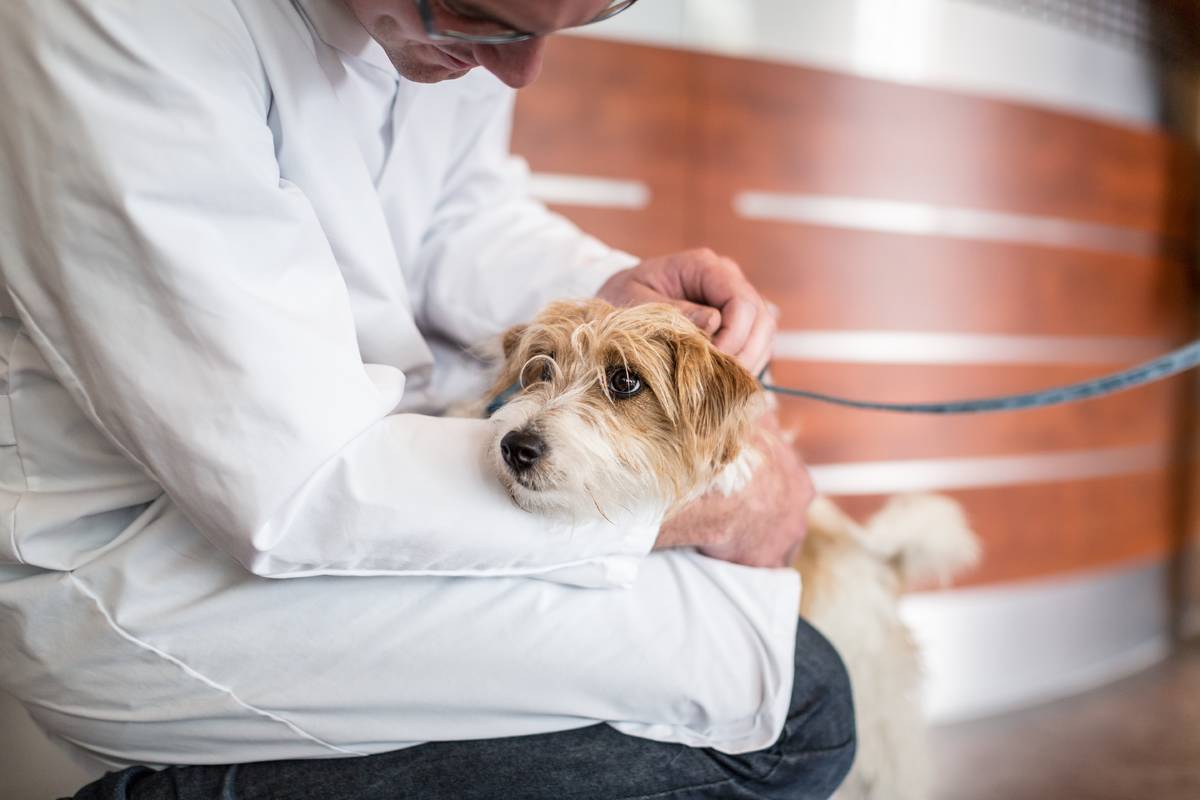

Silent killer three: The Dangers of Chronic Fatigue Syndrome in Dogs
Many people are familiar with Chronic Fatigue Syndrome. In people, this disease is classified by long term fatigue and the inability to perform daily tasks because of it. There have been cases of dogs suffering from chronic fatigue syndrome, more commonly known as lethargy or burnout. Chronic fatigue presents itself in dogs in the form of extreme weakness but can also be a sign of an immune deficiency. Some vets have suggested that some dogs may suffer from psychological burnout and chronic fatigue because of their owners’ busy lifestyles. But apart from stressful lifestyles and scenarios, immune deficiency can be caused due to your dog having a deficiency in immunoglobulin and antibodies.
A deficiency in immunoglobulin is a condition that is marked by a dog’s inability to produce immunoglobulins, or antibodies. These antibodies are protein molecules which are produced by white blood cells. The role of immunoglobulins is to recognise and attach to specific antigens, namely viruses and harmful bacteria. By doing so, they attack and destroy these unwanted agents within the body of the dog.
Clearing the Air About Lethargy, Exhaustion and Weakness:
Before you start to panic, remember that dogs can sleep up to 10 hours a day, if not more. This means that there is a large chance you might find your pet sleeping for most of the day. But, when should you start worrying about a more serious problem? Sometimes, even healthy dogs can appear lethargic, but if you start seeing any signs of increased inactivity in your pet, this could very well be indicating a larger problem. For example; If your dog sleeps a lot during the day but is still active when you get home or when you take him/her for walks – you don’t have anything to worry about. However, when your dog starts showing drastic changes in his/her behaviour to that of being overly tired and lethargic, unwilling to walk or do any physical movement – this should act as tell-tale signs for something you need to look into.
It is important to note that there is also a big difference between a pet being relaxed and a pet being lethargic. But –if your pet isn’t eating or his lethargy inhibits his daily activities or he isn’t coming when you call and doesn’t have any enthusiasm for the things that he once loved, there is a bigger problem you need to look in to.


To find the issue, the best way to start is to try and pinpoint the reason as to why your dog may be lethargic. These reasons could include:
Reason one your dog might be lethargic – Your dog is ill.
Sometimes one of the first signs your dog starts showing when he’s sick, is lethargy and loss of appetite. If you monitor this for a while, you’ll be able to tell whether he’s sick and in need of medication or if it’s something more serious that requires medical attention urgently.
Reason two your dog might be lethargic – He/she is frightened of something.
Dogs are sensitive animals, which means they’re affected by their surroundings on a daily basis. Dogs could start showing signs of lethargy when they’re frightened of something. So, think about if something could’ve frightened him before panicking about a potentially bigger issue. These things could range anywhere from fireworks to house or car alarms.
Reason three your dog might be lethargic – A change in the household.
Major changes in a household could be a permanent absence of a loved one – either a human or another animal. This can leave a dog feeling depressed and lethargic. This can last for a few days or a few months, depending on how close the animal was to the deceased. Though, there hasn’t been a proven study regarding a link between behavioural changes and the absence of a loved one. If your pet is acting lethargically in other cases of absences, like someone in the family leaving for school or university, it’s best to consult with a vet. Other changes in the household, like rearranging a room or switching up where the dog sleeps or eats, should not cause lethargy. If you’d like to determine if there’s a bigger issue or not, ask yourself: ‘Would a normal animal be distressed by this?’ If the answer is ‘no,’ something is wrong.

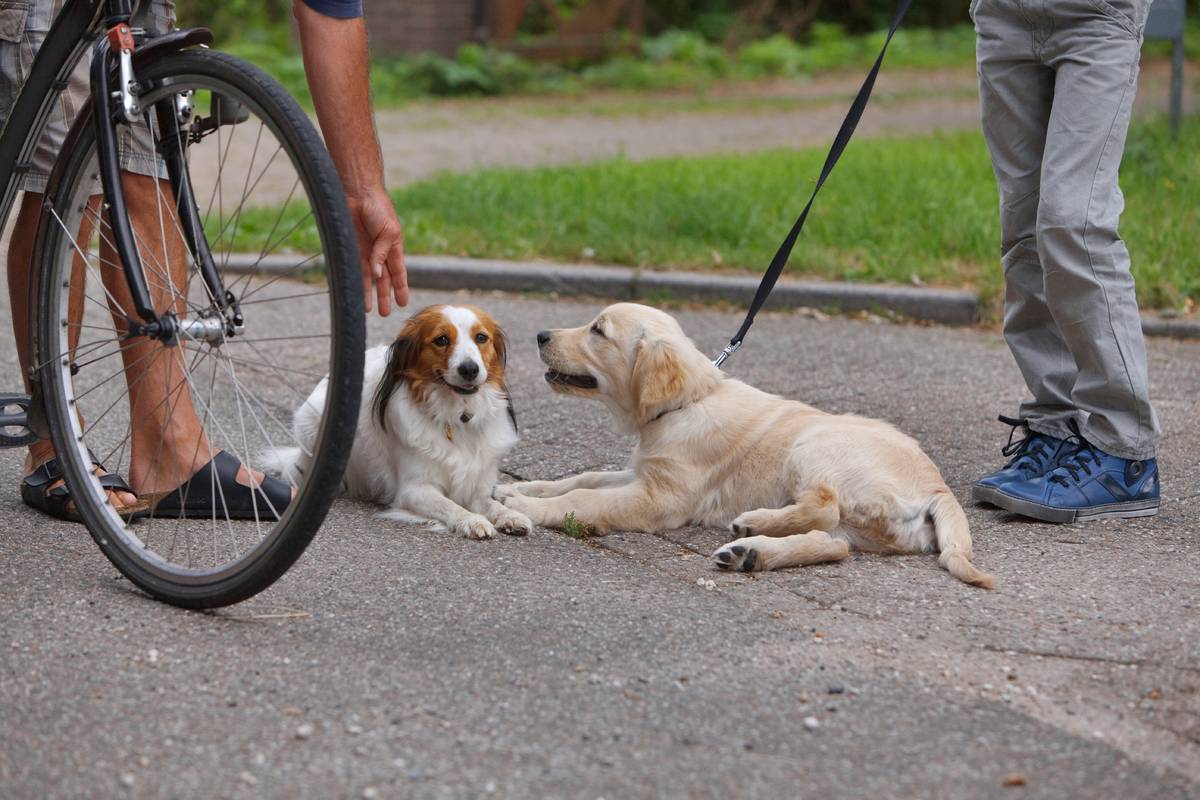
We hope this article gave you some insight into some of these dangerous silent killers, and that you’re clued up on what symptoms to look out for and how to treat it. We want to keep our dogs happy and most importantly, safe – so keep a look out to see if you notice anything that we’ve mentioned and take the necessary steps to treat your furry friend.
Sources:
5 Signs You (and Your Pet) Have Fleas and Don’t Know It
Stress in dogs – what we can’t see
5 Reasons Your Pet is Lethargic (and When to Worry)
High Blood Pressure in Dogs: How to Recognize It and How to Treat It
Read more about Hypertension in dogs here.
Systemic Hypertension in Dogs & Cats
Subscribe to our Newsletter
Get to know your furry friend better! Sign up for all things dog- or cat-related.
The Hairy Facts about the dreaded hairball
12 April 2021
Help! My dog’s barking mad! Volume 2
12 April 2021
Your Itchy, Scratchy Cat – All About Cat Skin Problems
12 April 2021
The Dog’s Diet: A Bone of contention?
01 April 2021
Mango Fly Worms: How to Spot and Eliminate them
Posted on November 28,2019
Managing Mange And Mites In Your Dog
Posted on June 11,2018
Why Do Cats Purr and How? Learn What Your Cat Is Saying
Posted on October 14,2020
How to Get Rid of Ear Mites in Dogs
Posted on November 06,2019









